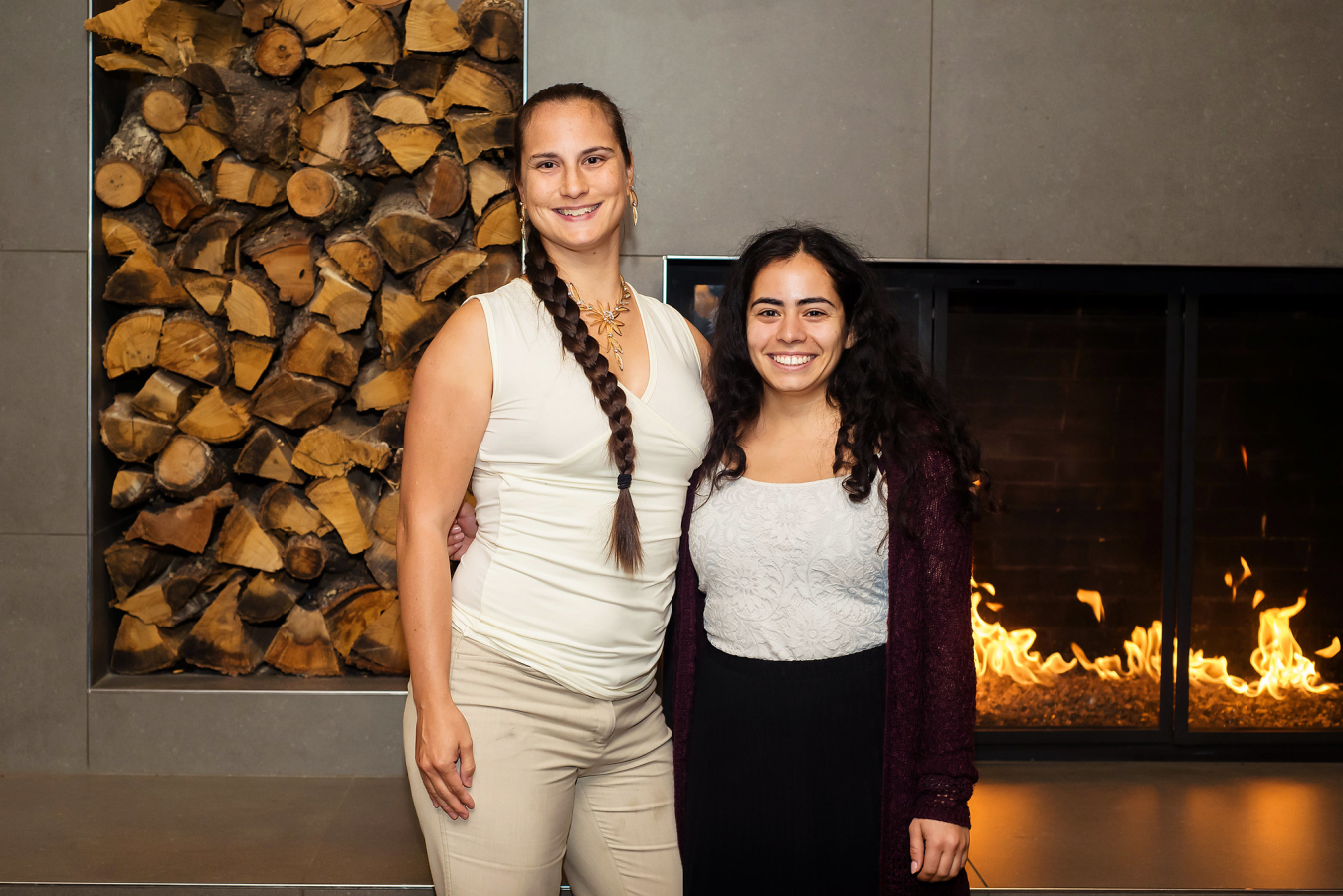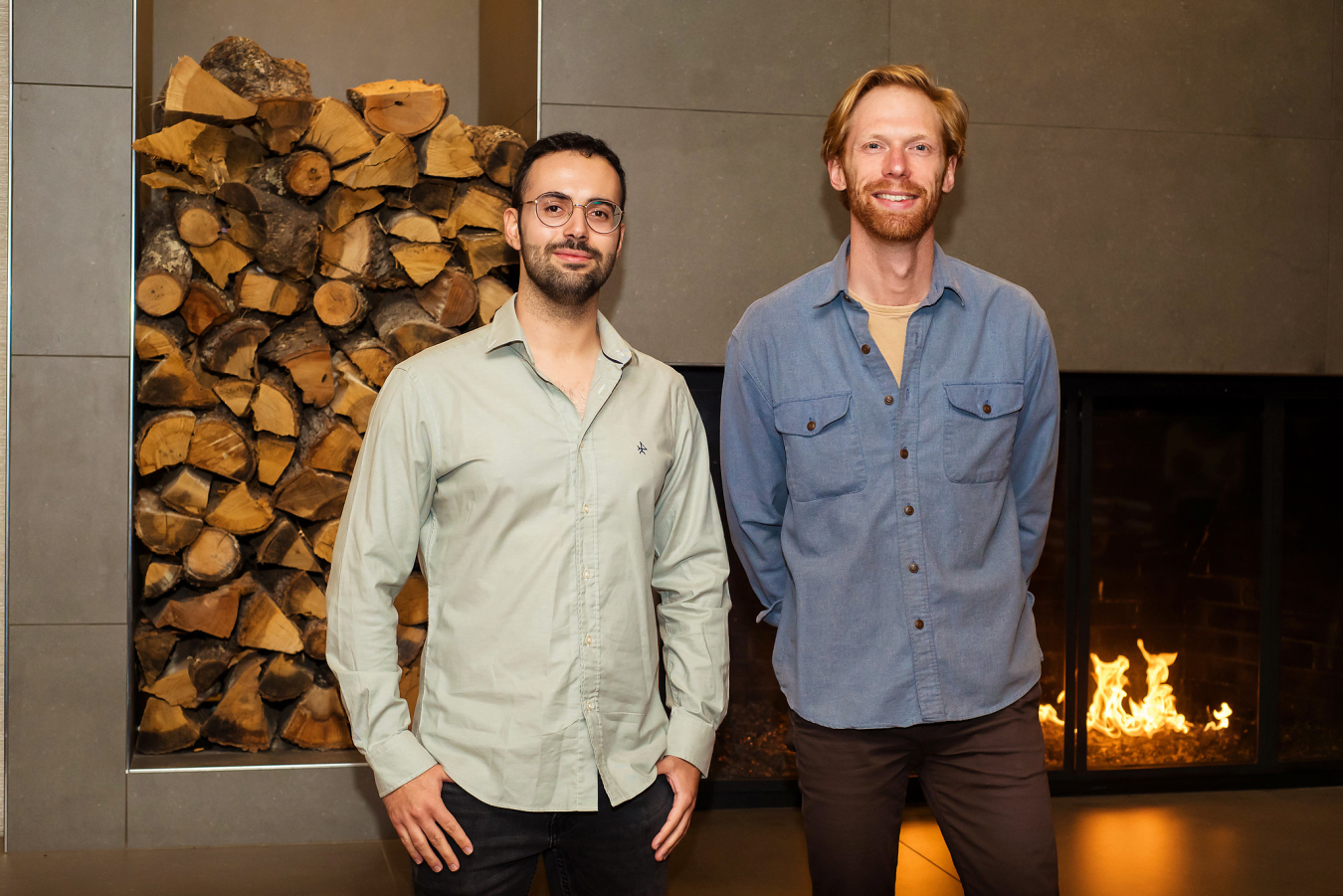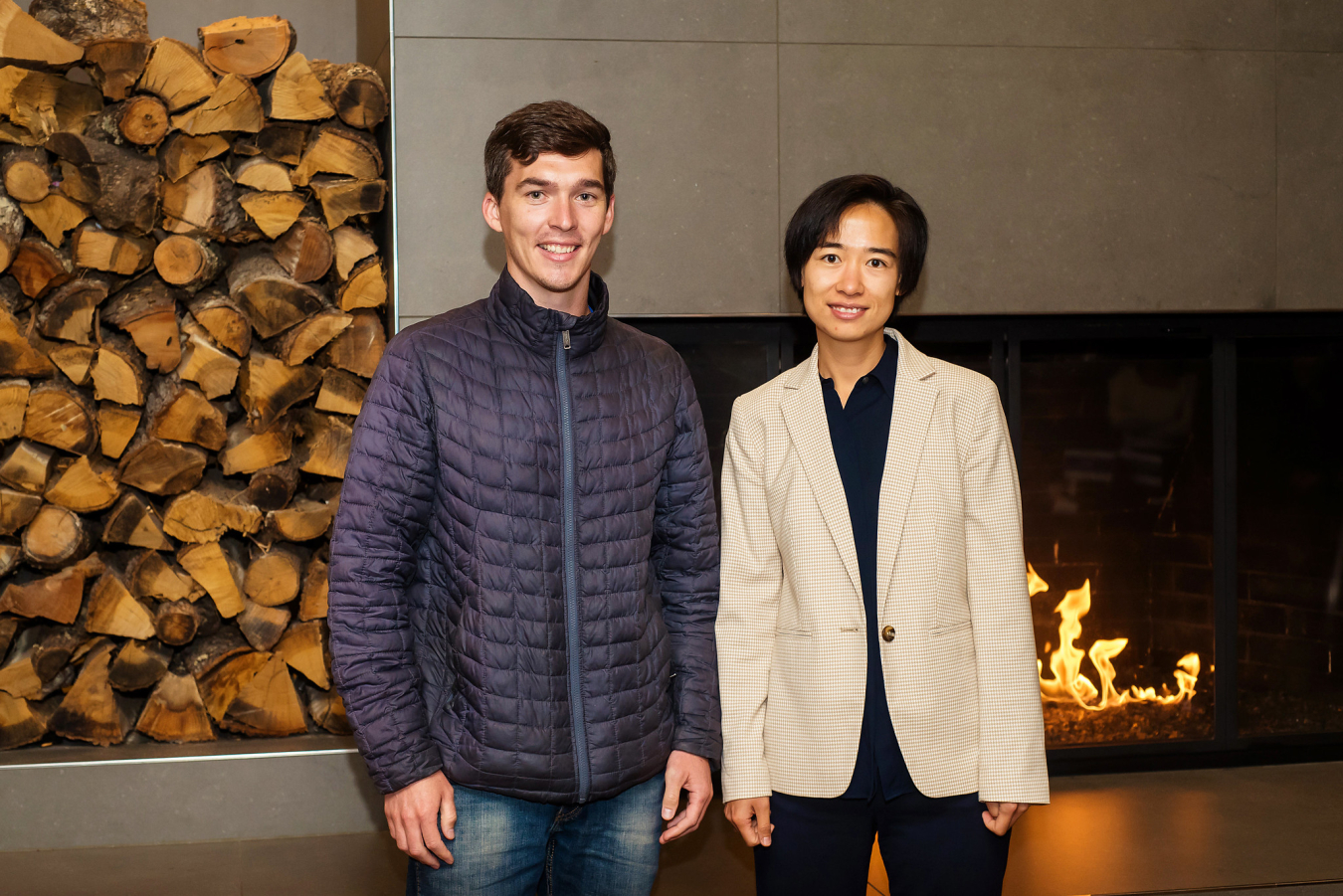The FY24 Fall Energy I-Corps program continues to offer Topic 1: Pipeline Development and Topic 3: Post Energy I-Corps, in addition to the historically-offered immersive training curriculum.
Under Topic 1, DOE National Labs, Plants, and Sites proposed projects aimed at increasing their researchers' participation in future training cohorts. Under Topic 3, researchers applied for additional assistance to aid their DOE technology’s next step toward commercialization.
Find information about selected teams and technologies for Topic 2: Training Cohort.
Topic 1: Pipeline Development
Five projects from five labs and one site were selected for FY24 Fall Topic 1. The selected projects cumulatively aim to provide entrepreneurial training to more than 40 researchers. Industry partners, universities, local businesses, students, and Energy I-Corps alumni will provide additional resources to participants.
Brookhaven National Laboratory will conduct an Entrepreneurial Training Program that includes a diverse recruitment effort, a two-day workshop focused on the business model canvas, development and validation of value proposition statements, customer discovery and pitch development. The training will also include a panel and networking session with past Energy I-Corps Topic 2 graduates.
Lawrence Berkeley National Laboratory (LBNL) will conduct a multi-touchpoint model for Energy I-Corps recruiting. The program will include updates to LBNL’s Entrepreneurship Partnering Tool where scientists can match with others to form teams for future Topic 2 applications. LBNL will offer a traditional I-Corps Lite course and offer personalized prep and partner discovery training for those who choose to apply to Energy I-Corps. LBNL will also offer an entrepreneurship training program that encourages postdoctoral scientists to form Energy I-Corps teams around business ideas.
Pacific Northwest National Laboratory (PNNL) will team with Washington State University (WSU) Tri-Cities to provide an Innovation Lab course open to both PNNL researchers and WSU students. The Innovation Lab will cover the basic Energy I-Corps core elements: Business Model Canvas, Value Propositions, Customer Discovery, Market Segments, Competitive Analysis, and Customer Ecosystems. The course will be structured by pairing a team from PNNL with a WSU student to aid and guide the entrepreneurial training and stakeholder training.
Princeton Plasma Physics Laboratory (PPPL) will investigate and understand how to encourage interest in commercialization activity and market the benefits of entrepreneurial training more broadly to supervisors and researchers at the lab. PPPL will offer entrepreneurial education to researchers by leveraging the National Science Foundation (NSF) Regional I-Corps site at Princeton University. Participants in the regional NSF program will serve as an Energy I-Corps pipeline.
Sandia National Laboratories (SNL) and Nevada National Security Site (NNSS) will conduct the National Laboratory Entrepreneur Accelerator Pipeline Program (NLEAP+). This 2-day event combines tactics from successful business accelerator programs and mentorship from successful entrepreneurs and Energy I-Corps alumni. The program will allow participants from SNL and the NNSS to become fluent in the Energy I-Corps process, introduce them to other commercialization resources, and produce an initial Business Model Canvas for the Energy I-Corps program.
Topic 3: Post Energy I-Corps
Topic 3 supports the advancement of technologies that researchers took through the Topic 2 training program and have demonstrated a high likelihood of commercialization. The funds are intended to cover costs of the next actionable step in their commercialization journey and to help awardees reach their next source of more substantive funding.
Three teams from Lawrence Livermore National Laboratory (LLNL), National Renewable Energy Laboratory (NREL), and Sandia National Laboratories (SNL) were selected for this topic:
 Team 204: Seadragon
Team 204: SeadragonA graduate of EIC Cohort 17, P-Kelp is a novel kelp-inspired marine energy conversion technology that can generate electricity from moving water at a scale suitable for powering blue economy markets and applications, remote and disadvantaged communities, ecological restoration, and coastal resilience and protection.
The Topic 3 project will allow the SeaDragon team to research types of costs, develop cost models, perform techno-economic and scenario assessments, determine price point, conduct competitor assessments, and identify strategic partners, suppliers, and manufacturers.
The team previously participated through funding provided by the Water Power Technologies Office (WPTO). For Topic 3, the team will be funded by WPTO.
 Team 206: Gridsense
Team 206: GridsenseA graduate of EIC Cohort 17, GridSense is a fast fault detection and location technology which aims to improve power distribution systems and microgrids’ resiliency by reducing the overall service restoration time and associated cost of electrical faults troubleshooting, and wildfire ignition risk.
The Topic 3 project will allow the team to engage with utility end-users to refine and validate the user interface design. The project will help the team advance commercialization and address major adoption barriers as well as support ongoing code optimization, the addition of new features, and pilot testing.
The team previously participated through funding provided by the Office of Electricity (OE). For Topic 3, the team will be funded by OE.
 Team 209: Photosil
Team 209: PhotosilA graduate of EIC Cohort 17, PhotoSil is a new photopolymerization method for curing silicones, which will allow printing of silicone materials using commercial 3D printers.
The Topic 3 project aims to conduct a set of experiments that will validate results and allow for the finalization of a new patent. The team will then incorporate results into a new formulation and test its ability to cure on commercial printers and connect with potential partners to solve industry pain points.
The team previously participated through funding provided by the National Nuclear Security Administration. For Topic 3, the team will be funded by OTT.

